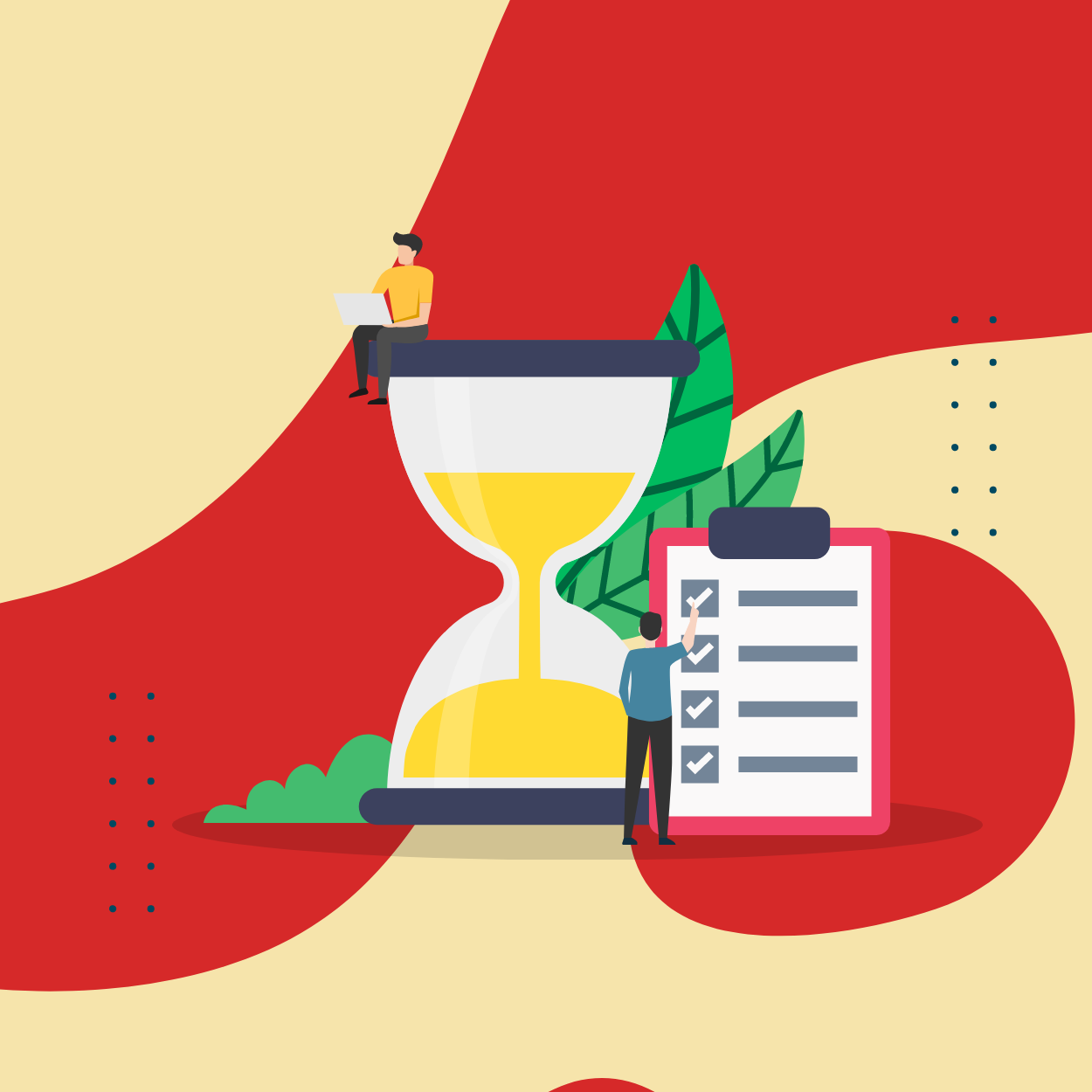3 Important Steps For Designing A Powerful Workflow
ByChristina Lee
Christina Lee is a project manager at Essay Roo. She writes about all things business related.

Christina Lee is a project manager at Essay Roo. She writes about all things business related.
Today’s professional has a lot of tasks, within a lot of projects, which need completing on time. Having the right workflow is more important than ever to keep on top of your workload and completing your projects. Here are 3 important steps to consider while designing your workflow for all of your processes.
A workflow is defined as “organised and repeatable patterns of activity.” When you apply this to a project workflow, then, workflow is the defined order of activities, responsibilities and data that must be exchanged or completed in order for your project to move forward towards completion. “It’s basically a checklist, but much more advanced checklist, as it contains multiple logic-based steps” explains Roland Porter, a business writer at Lia Help and Elite assignment help.
Workflows provide a structured approach to project management. Some of the benefits of workflows are:
Improved project management: both managers and employees know exactly what needs doing and when, building predictability and scalability into your operations.
More accurate cost and time estimates: Every step is defined; therefore, your time and resource estimates are more accurate.
Your operations run more smoothly: Using a workflow means you can identify and reshape it as you need to, making it run more efficiently.
Now that we know what a workflow is and why it’s important, let’s take a look at how we can create a great workflow for your next project. Here are 3 ideas to help you design the perfect workflow.
“You need a reason why you are creating a workflow in the first place” says Sandra Garner, a project manager at Paper Fellows and Big Assignments. Your reason for creating this workflow will tell the people in the team why this project or process needs to matter to them.
Additionally, a defined purpose will tell each team member what role each team member will play in the workflow. Remember a good workflow doesn’t work well unless everyone knows what they will be doing. Here is a quick guide to defining your workflow purpose:
Create a workflow diagram: Be sure to show the proposed workflow-this needs to depict all the tasks each member will be responsible for to complete the process.
Team Consensus: Each member needs to agree on the proposed workflow. If they do not, go back to step one and rework your workflow. If everyone agrees to it, then have them sign off on it individually.
Match the accepted workflow process to the tools: Make your tool selection depend on the defined workflow. When you match processes to tools, you allow people to make the right choice on which tools should be used for each task.
Implementing the right workflow automation tool is also critically important. The best workflow automation tools offer a graphical interface with drag-and-drop functionality for visualising your processes, as well as other automation features and smart capabilities. Kanban boards in Workast are perfect and provide a lot of these features.
If you want to make sure you create the right workflow, don’t start from the beginning. Instead work backwards from the end. By starting at the end, you can identify and create a workflow that matches your intention. Creating a checklist on what’s needed and what priorities come first is perfectly acceptable here.
Once you have created your project workflow, it’s time for the final piece: putting it to the test. This is where you will see just how well your workflow functions within the workplace. Errors are bound to crop up, even with all the detailed planning. It’s best to catch everything in the beginning so you can improve your workflow.
Make sure you have ample testing time too, as it might take a few weeks to really understand what changes need to be made. Then its back to the beginning with your team to brainstorm answers and implement the changes to your workflow.
These three tips will help you create a great workflow for you next big work project.
This article is a guest blog written by Christina Lee. To contribute a guest post to Workast.com, please complete the expression of interest form here.